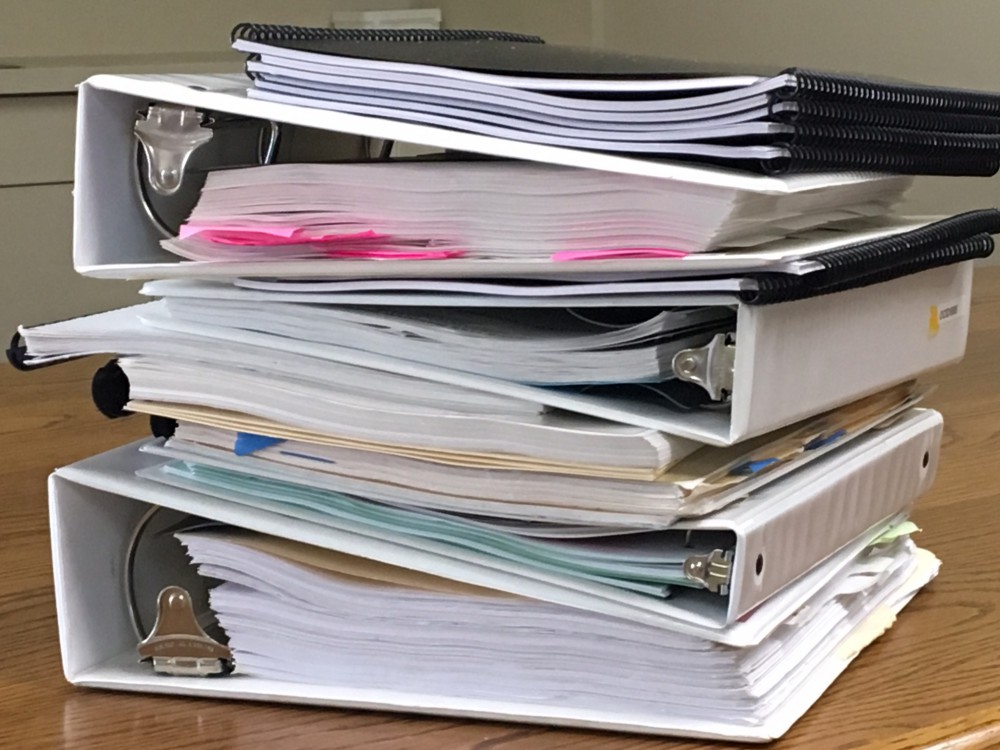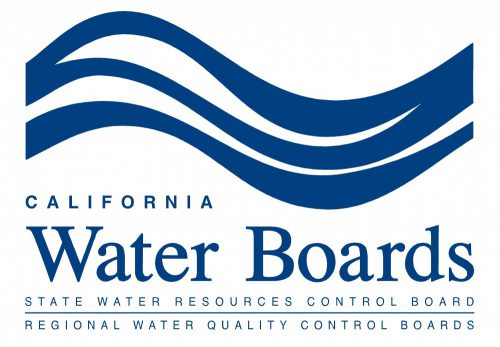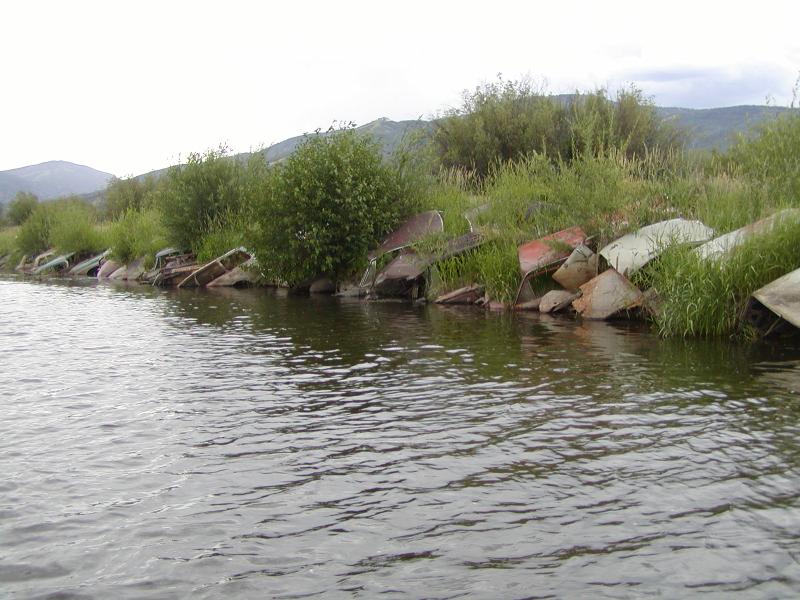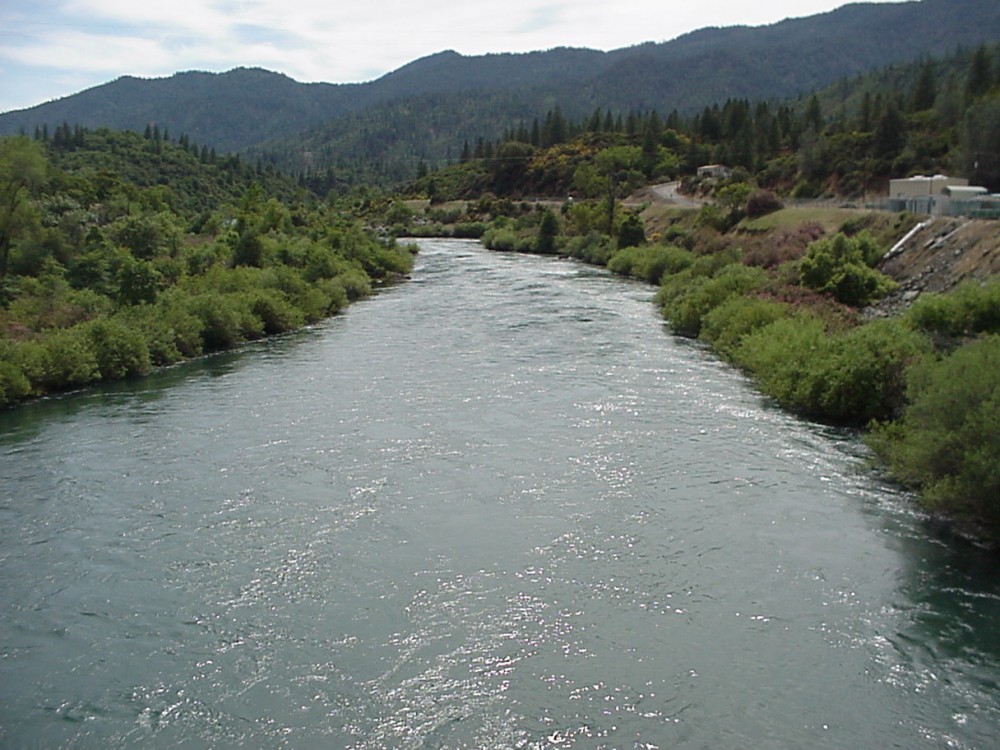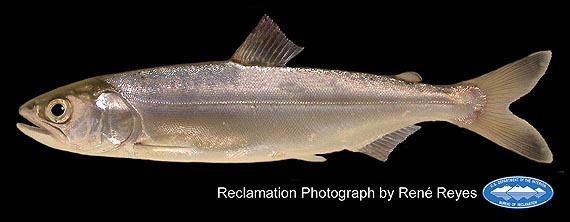Invasive Species in California’s Delta: Nutria Another invasive species is threatening to invade California’s Delta. Joining a long list of non-native & invasive species damaging ecosystems, degrading infrastructure, and hurting wildlife, Nutria have been found near the ailing Delta. [edsanimate_start entry_animation_type= “tada” entry_delay= “0” entry_duration= “0.5” entry_timing= “linear” exit_animation_type= “” exit_delay= “” exit_duration= “” exit_timing= […]
A Bold New Approach to Ecosystem Management
A Bold New Approach to Ecosystem Management For decades, California’s water policy has been based on a false choice – choose healthy ecosystems with abundant fish and wildlife or choose water for people, farms and other purposes. And for decades the policies based on this choice have utterly failed all water users. Fish continue to decline; […]
The System is Broken
Over the past 25 years there has been considerable controversy over allocation of the Bureau of Reclamation’s Central Valley Project (CVP) water supplies. Allocation amounts vary wildly with one routinely getting 100% while others receive dramatically less. Water project opponents say that’s the result of our water rights system but those rights haven’t changed and […]
No Chicken Little, the Sky is Not Falling
No Chicken Little, the Sky is Not Falling A quick scan of California news over the last few weeks could lead the casual reader to conclude that smelt, salmon and other species are days from extinction and the only thing that will save them is taking water from people, farms and other environmental uses and […]
Salmon can thrive without State’s unimpaired flow plan
Peter Fimrite’s story in the San Francisco Chronicle (http://bit.ly/2AOyfBh) brings a positive message about higher numbers of this year’s Fall run Chinook salmon on the Mokelumne River. According to Fimrite, near record numbers of fish have returned, thanks to efforts behind stream bed and habitat improvements. Interestingly, this success has been achieved without a massive […]
Updating the Bay-Delta Water Quality Control Plan
SWRCB updating Bay-Delta Water Quality Plan and SED In 2016, California’s State Water Resources Control Board (SWRCB) began the process of updating the Bay-Delta Water Quality Control Plan. The public comment period officially closed at noon on March 17. (Read CFWC’s comment letter here.) During that time, loud and sustained objections to the proposed policy have […]
Reactions to State Board Unimpaired Flows Action
Reactions to State Board Unimpaired Flows Action On September 15, the State Water Resources Control Board released an updated proposal for the Bay Delta Water Quality Plan, expanding the pursuit of increased flow in it’s approach for addressing species decline in the Sacramento-San Joaquin River system. “If implemented, the State Water Board’s rule will have […]
Response to the State Water Control Board’s Water Quality Control Plan
The State Water Resources Control Board has released its Water Quality Control Plan which, if implemented, will cause significant harm to California residents without quantifying any specific environmental benefits. In taking this step, Felicia Marcus, the Board’s Chairwoman noted that San Joaquin River flows have not been updated since 1995. We fully agree it’s time that state […]
Statement on the upcoming release of proposed flow standards for tributaries to the San Joaquin River
Statement by California Farm Water Coalition Executive Director Mike Wade on the upcoming release of proposed flow standards for tributaries to the San Joaquin River California officials are on the verge of releasing new water regulations that would cause significant harm to California residents without quantifying any specific environmental benefits. The State Water Resources Control […]
Farmers helping fish
There has been considerable conflict lately between water users and fishery managers over the operation of the Sacramento-San Joaquin Delta. Biological opinions dating back to 2008 and 2009 have wreaked havoc on water supplies for farms, homes and businesses in the San Joaquin Valley and Southern California. Between December 1, 2015 and April 4, 2016, […]
